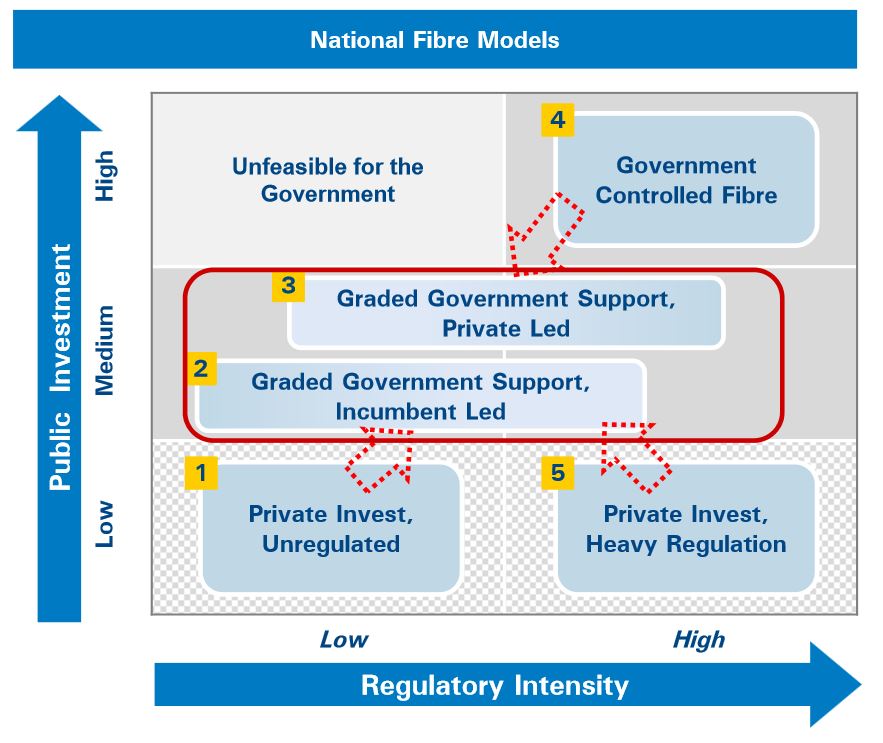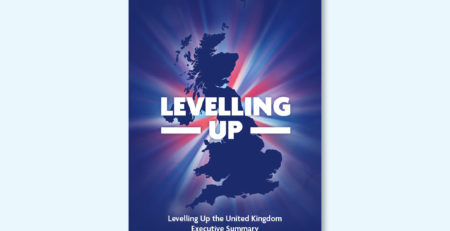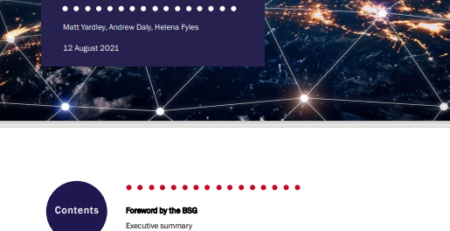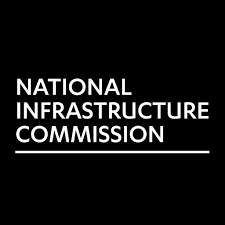The curious and ongoing case of national fibre strategies: BSG review recent Arthur D Little report
A recent paper from Arthur D Little has aimed to shed further light on the global conundrum that, despite a number of great macro-economic justifications, private industry has struggled to make the case for national fibre strategies. National Fibre Strategies: National economic imperative or just another private industry task?, presents five models for national fibre strategies, looking at the relationships between very fast speeds, productivity and innovation. The report does not claim to have cast light on causal relationships, but nevertheless its claim that increasing home speed broadband by 1Mbps increases household income by an average of $100 per year is a powerful one.
Arthur D Little assert that high-speed networks strengthen and drive diversification of economies as Small and Medium Businesses, essential for robust economies, are often the quickest to adopt and benefit the most from improved online business (a line that would resonate with recent UK noises coming from Stian Westlake at Nesta and Charles Arthur at the Guardian) – see figure below (click to expand):
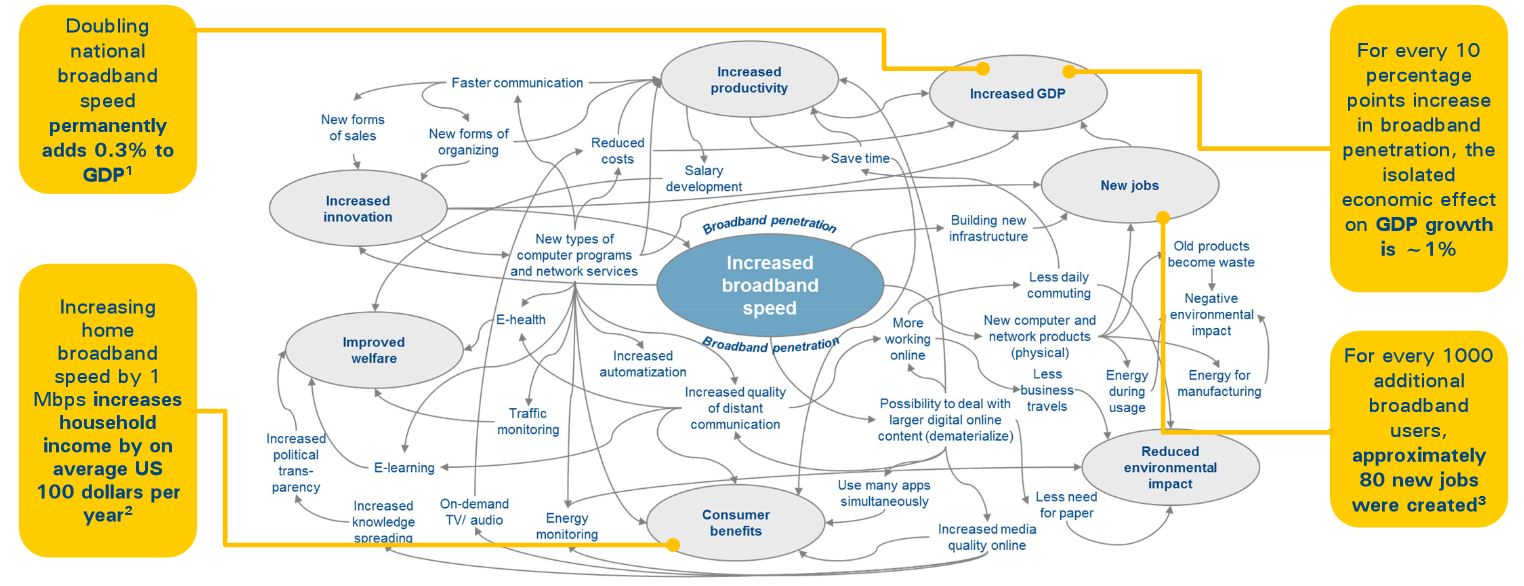 The report authors believe that getting the conditions right will in turn increase digital literacy, support SMEs increase their technology usage, nurture the Venture Capital base, and support and the development of OTT players. These areas are seen as key if favourable context conditions in the broader macro-economic context – which some might call an innovation ecosystem – is to thrive.
The report authors believe that getting the conditions right will in turn increase digital literacy, support SMEs increase their technology usage, nurture the Venture Capital base, and support and the development of OTT players. These areas are seen as key if favourable context conditions in the broader macro-economic context – which some might call an innovation ecosystem – is to thrive.
Recent FTTH Council estimates have re-wiring Europe priced at EUR 200 billion. In evaluating the emerging phenomenon of Google Fiber in the US, Goldman Sachs have stated $140 billion would be required to cover just a part of the US. Arthur D Little flag that such private initiatives are hugely challenging without buy-in, be it financial or otherwise, from various levels of government.
The report points to five models for national fibre strategies that have been adopted with some degree of success from governments around the world, with varying levels of public investment and regulatory intensity (click to expand):
Interestingly, the report states the following on the UK: “The UK, due to its relatively compact geography, and proud 100-year history of significant network investments, has a good copper- and coax-based access network. The country enjoys a high proportion of fast broadband (circa 50% of homes have access to 50 Mbps or greater).??? Now whilst there are those that would dispute this statement, it is certainly interesting to see this report acknowledge that the UK is a unique case in point compared to many other international examples – and it is arguable that there are possible scenarios in which 50 Mbps may be limiting.
In part in response to these lines of argument, that is why the BSG will be looking at usage and demand in respect of bandwidth requirements of various applications throughout 2013. What do you think? Are there many scenarios in which 50 Mbps will be limiting? Do Arthur D Little’s framework for national fibre strategies neglect the role of certain important players? Do keep in touch and let us know your thoughts.

